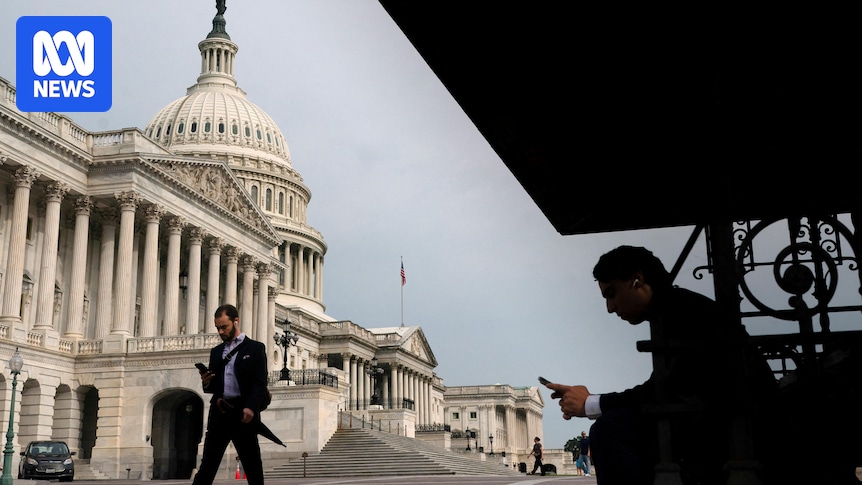
The US government has entered a shutdown for the first time in nearly seven years, triggered by a stalemate over federal funding. This shutdown began just after midnight on Wednesday, local time, as Democrats and Republicans in the Senate failed to agree on stopgap measures to keep the government funded. While government shutdowns have been a possibility since 1976, when Congress introduced the modern budget process, they remain relatively rare occurrences.
The current impasse highlights a deep political divide, with Democrats seeking an extension for tax credits that make healthcare more affordable, while Republicans resist such compromises. Despite holding the majority in both the House of Representatives and the Senate, Republicans are unable to pass the bill alone, needing 60 votes in the Senate but currently falling seven seats short.
Understanding Government Shutdowns
A government shutdown occurs when federal agencies are temporarily closed, and staff are furloughed due to a lapse in funding. Congress must pass an appropriations bill to allocate funding, but this process is currently stalled in the Senate. The shutdown affects various government operations, although its immediate impact is often mitigated if it falls over a weekend.
Historical Context of Shutdowns
Historically, most government shutdowns have been brief, with half lasting three days or less. However, the longest shutdown in history, under President Donald Trump, lasted 35 days from 2018 to 2019. This was nearly two weeks longer than any previous shutdown. The prolonged closure was largely due to a dispute over a $5.7 billion budget allocation for the US-Mexico border wall, which Democrats opposed.
During Barack Obama’s presidency, a 16-day shutdown occurred in 2013 over disagreements on funding the Affordable Care Act. Republicans sought to delay its implementation, while Democrats refused to concede, fearing it would allow for further changes to the act.
Resolving a Government Shutdown
Shutdowns are typically resolved through negotiation. This can involve the party in power conceding to opposition demands, or both parties agreeing to a temporary extension of government funding while negotiations continue. In the case of Trump’s 35-day shutdown, the government was reopened as both parties agreed to continue discussions, despite not reaching an immediate resolution on the border wall funding.
“A contributing catalyst to ending the shutdown was the rise in air traffic controllers calling in sick, leading to safety risks and flight delays,” a source told CNN.
Economic Impacts of Shutdowns
While shutdowns generally have minimal long-term effects on the US economy, they can significantly impact the federal workforce. Many employees are required to work without pay until the shutdown ends, while furloughed workers miss out on paychecks entirely. The last shutdown resulted in the equivalent of three lost paychecks, causing financial strain for many workers.
Ryan Sweet, chief US economist at Oxford Economics, estimates that the shutdown could shave 0.1 to 0.2 percent from the nation’s annual growth rate in the fourth quarter for each week the government remains closed. Some of this economic loss is expected to be recovered once the government reopens.
“The economic costs of government shutdowns are normally minimal unless they last for several weeks,” Sweet wrote. However, the situation could worsen if there are mass firings of federal workers, as threatened by President Trump.
Looking Ahead
The current shutdown underscores the challenges of political gridlock in Washington, with significant consequences for federal employees and the broader economy. As negotiations continue, the focus remains on finding a compromise that will allow government operations to resume while addressing the underlying issues that led to the impasse.
As history has shown, the resolution of a government shutdown often requires both parties to make concessions. The coming days will be critical in determining how long this shutdown will last and what its ultimate impact will be on the nation.





